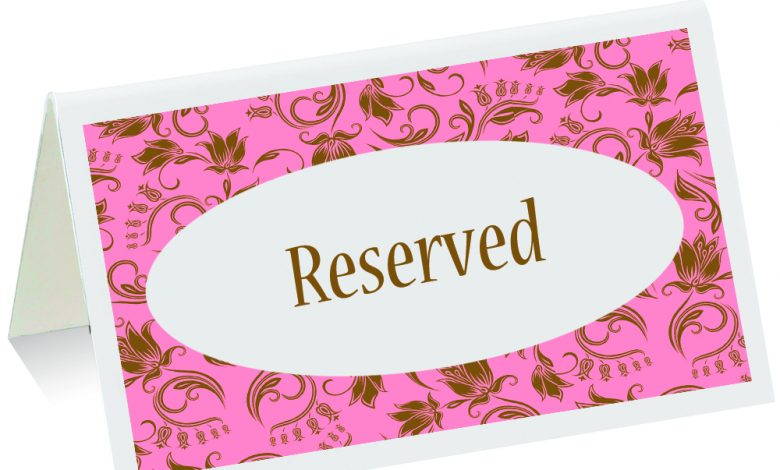
In terms of signage, sublimation offers a totally different approach. Common production applications revolve around either engraving or cad-cut materials. With engraving, you are limited to single color designs and the process can be slow for large areas of coverage. Though the end result is durable, it can be cost-prohibitive for large applications.
Sublimation, by comparison, is a simple but unique digital dye process used for embedding graphic images into polymer surfaces. The physical steps are pretty much identical to the digital transfer process, but it’s the chemistry that makes sublimation different from any other form of digital decoration.
One key aspect about sublimation is that it only bonds with polyester or polymer surfaces, which may sound a bit limiting in terms of products. In reality, there are hundreds of blank items available that feature a coated surface designed specifically for sublimation. Signage products are available in wood, aluminum, slate, glass, acrylic, steel, and ceramics, and in each case, the print surface has a polymer coating. Thus, you have access to enough unique products to tap into virtually any market that has profit potential.
-Jimmy Lamb, Sawgrass